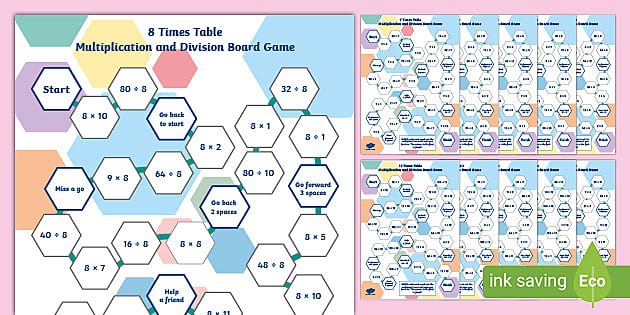

Word problems are important for children learning any new topic in math, because they give children a mental “hook” on which to hang the abstract number concepts.Īnd for extra practice, you can play my free card game… You may want to pick up this poster and use it for ideas as you play the Tell Me a (Math) Story game. Or sign up for their Multiplication Explorers Online Course. To help your children see what multiplication looks like in real life, explore the multitude of Multiplication Models collected at the Natural Math website. Before practicing the times table facts, make sure your student gets plenty of practice recognizing and using the common models for multiplication. Too often, we are tempted to stress the rote aspect of such memory work, which makes our children lose their focus on what multiplication really means. It can seem like an unending task to memorize so many facts and be able to pull them out of mental storage in any order on demand. If you require the US version, with the US notation, please email us with a copy of your receipt of this bundle at and we will be happy to send you the US version.Homeschooling parents know that one of the biggest challenges for any middle-elementary math student is to master the multiplication facts. Please note, this bundle includes the UK version of Factors and Multiples.

The winner is the player or team with the highest points (including any shield cards that have been unused). At the end of the game, add up the ‘house’ pile. Questions answered incorrectly go in the ‘house’ pile, along with any cards lost in a KaBoom. If students get the answer incorrect, or they need some help, you as the teacher decides whether you will allow them another guess or not. Play as a whole class in teams, or print multiple copies to play in small groups around the table. They may also pick up either a Steal Card, giving them a chance to steal from any other player, a Shield, which protects them from the next KaBoom, and KaBoom cards which means you lose all your collected points so far.

The difficulty of the questions will increase. Players take turns to select a card, either red, yellow or green. Players choose whether they want to choose an easier question (red), but will receive less points for their correct answer, or risk a more challenging question (green) and gain greater rewards.īegin by laying all the cards out face down (so you see only the number of points they are worth). These KaBoom cards are a fun way to practice key arithmetic skills, with differentiation built in. This is included in a bundle with 4 other games at a discount. Included are two copies of the game one designed for a double sided printer and one designed for single sided printing where you need to turn over the pages yourself to print double sided.įull instructions are included as are answers.
.jpg)
If students get the answer incorrect, or they need some help, use your judgement as to whether you will allow them another guess or not. Play as a whole class in teams, or print multiple copies as play around the table. They may also pick up either steal, giving them a chance to steal from any other player, shield, which protects them from the next KaBoom, and KaBoom cards which means you lose all your collected points so far. The difficulty of the question will increase. The Green Card consists of multiplying and dividing by decimal numbers and the need to use long division.īegin by laying all the cards out face down (so you see only the number of points they are worth). The Yellow Cards of questions which include multiplying a two digit number by a two digit number, and harder division questions including involving decimals. The red cards consist of questions involving multiplying two and three digit numbers by a one digit number, and using the bus stop method of division. Players choose whether they want to choose an easier question (red), but will receive less points for their correct answer, or risk a more challenging question (green) and gain greater rewards. These KaBoom cards are a fun way to practice finding the long multiplication, short division (bus stop method) and long division with differentiation built in.


 0 kommentar(er)
0 kommentar(er)
